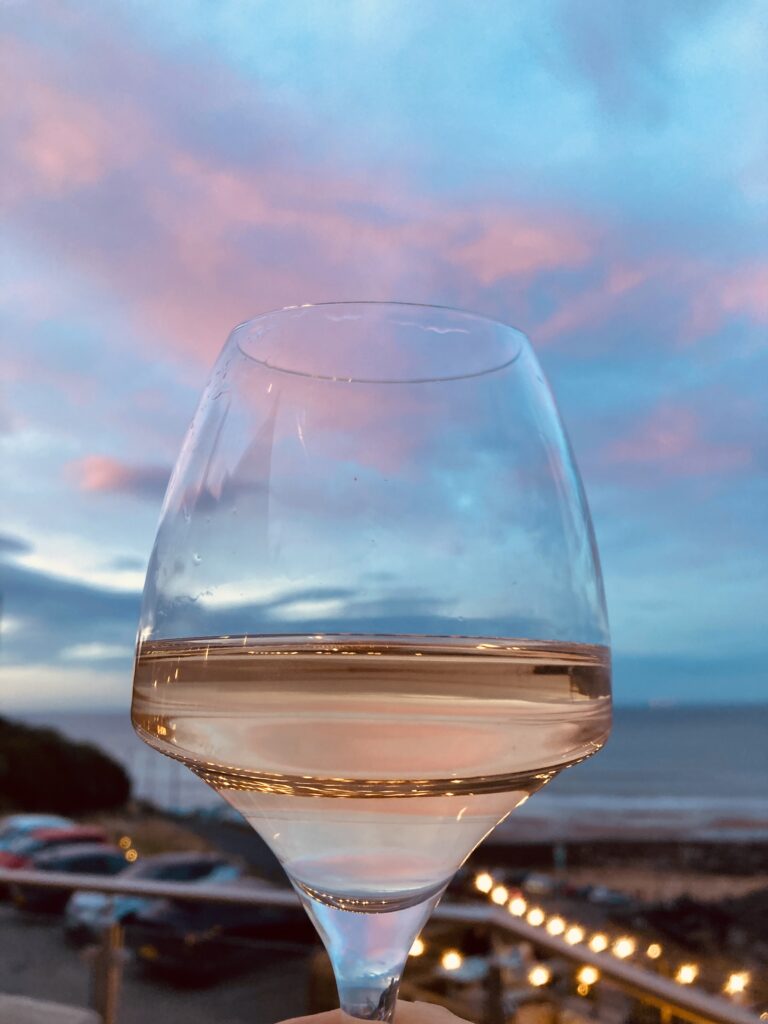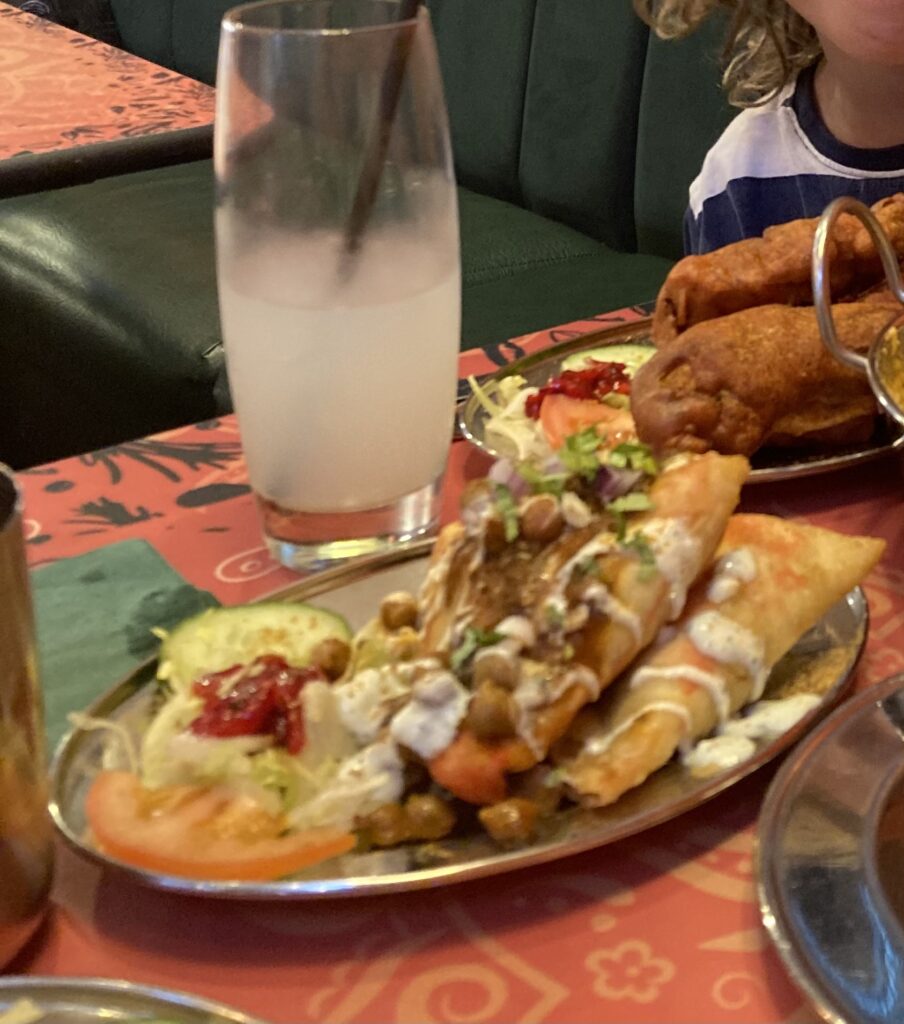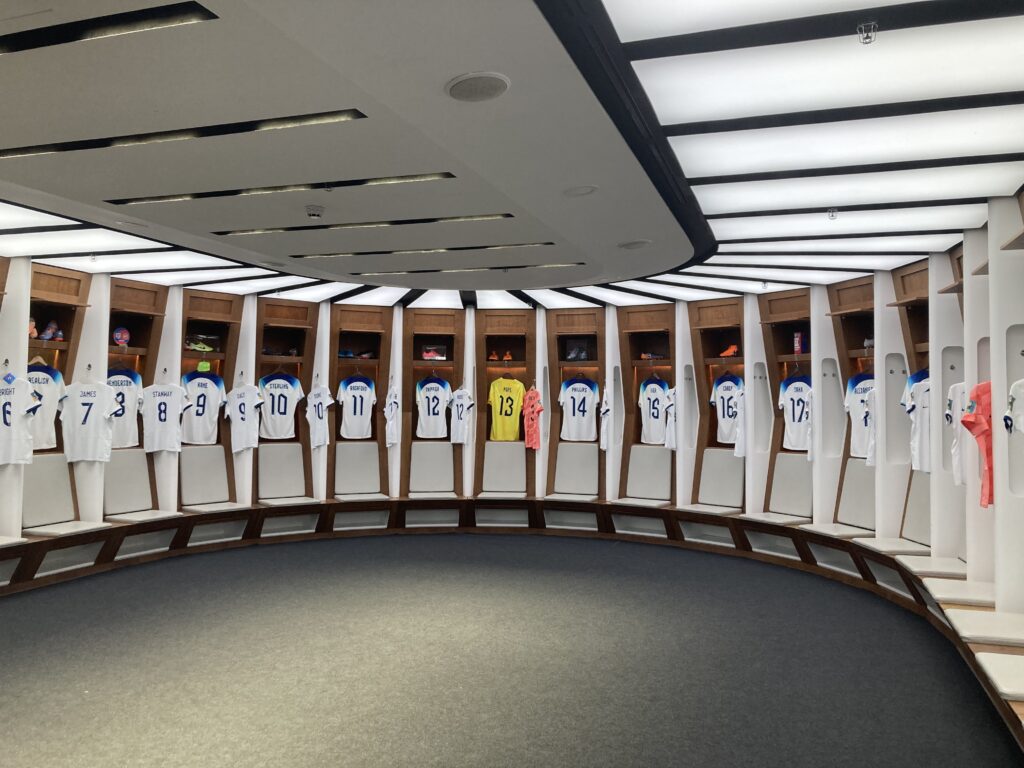I’m not professing to be any form of travel expert or even skilled at planning. However, I have learnt some lessons from our various trips with our boys. I wanted to share some of my key travel planning trips with you. I hope they are of some help!



1. How much structure do you want?
A holiday is meant to be relaxing. You don’t want to schedule every minute of every day. There needs to be some time to wander off-piste, stop for an ice-cream or coffee or just to chill in a park. However, kids will quickly get bored with idle wandering and probably won’t want to spend the day drifting from café to café watching the world go by.
You will need to think about your family and the level to which you want to plan each day. I would suggest that you do prepare a loose itinerary. You can deliberately leave gaps in it for wandering / unplanned activities and downtime (more on this later).
Be realistic about the length of your child’s attention span / boredom threshold. Will you really spend 4 hours with them at the Tate Modern?
2. Book ahead for must-do sights and activities
Even if you’ve opted for a relaxed itinerary, you will be disappointed if you miss one of your must-see places because the tickets were sold out or the kids haven’t the patience to wait in the non-reserved line…. In the post-Covid world, many attractions now operate on a pre-booking system, even where tickets are free.
Annoyingly, the pre-booking period may vary between the different attractions. For example, tickets to the second floor of the Louvre are bookable 2 months. However, you can only book Notre Dame 48 hours ahead. The key here is to check the dates on which bookings will open for the attractions you want to book. Then put a reminder on your phone, Alexa etc for each one.
3. Something for everyone
When planning your itinerary, think about each family member’s personal interests. Then try to include a visit or activity that matches for each of them. This might not be something that you all do. My older son loves classical music so I would try to include a concert for him. However, after dragging my younger boy with us to a Mozart concert at the Mirabell Palace in Salzburg (he was nearly crying when the orchestra came back on for an encore), this would be a one on one activity. My hubby would then do something different with the younger one.
My younger boy is made on sport so I would look for a stadium visit, live game etc. Take a look here at my review of our tour of Wembley Stadium. I only have boys but if I took my niece to Paris, I would look at a perfume making workshop at Fragonard or a visit to the Dior Gallery.
4. Modern takes on classic sites (making history more palatable)
My kids are pretty good and have gamely toured historic greats such as the Coliseum and the Parthenon. However, there is a limit to how many ancient ruins / museums or galleries they will tolerate before “looking at classic stuff” fatigue kicks in. At this point, VR, AR or any form of technical wizard is your friend. Even an audio-guide tour will work for my 2 (thank you Edinburgh Castle and Portsmouth Historic Dockyard).
While most cities will offer experiences of this type, we have tried and can recommend the following:
- The Circo Maximo Experience, Rome. The ancient chariot raceway is brought to life as you wander what is left of the Roman site (very little) with the aid of an augmented and virtual reality headset.
- A virtual reality flight over historic Bruges at The Historium. Read more about this on my post about how to spend a perfect weekend in Bruges.
- See the other side of Guy Fawkes’ story at Gunpowder Plot Immersive experience in London, a mix of live actors and VR experiences…
Next on our list, the Notre Dame VR experience – I’ll report back on that in few months…
5. Hands-on activities and tours
On the same vein, I always try to include at least one hands-on activity in each trip. We also like a non-history based guided tour, such as a foodie tour or a street art tour. These activities break up the sightseeing and let kids get stuck in. I also find they are good for family bonding.
We’ve done lots of different things over the years in different places. However, some favourites for me would be these:
- Graffiti art class on the Berlin Wall – read my review.
- 2. Strudel-making class in Salzburg – see my detailed post here.
3. Making traditional Venetian masks in Dorsoduro, Venice.
4. Waffle making in Bruges. Read more about this here.
5. Foodie tour in Copenhagen, checking out Torvrhallerne market and trying some fantastic Smorrebrod.
Coming up we have macaron making in Paris, baking rye bread by a geothermal spa in Iceland and kayaking on the fjords in Norway.
6. Downtime and evenings
Everyone, kids included (but particularly kids) will need some downtime built in. You also need to give some thought to what you will do each evening. Leisurely dinners and drinks in the bar are a less of a thing with kids, particularly younger ones. Instead, early dinners can leave long evenings.
If you are staying in an apartment, one of my top tips is to pick one with Netflix / streaming services or at least a smart TV where you can connect your own streaming services. Watching a film is great for relaxing after a long day sightseeing. However, it doesn’t really work if you are on Danish language channels only!
Take games and cards with you. A pack of cards or simple / small card game can even be taken to a family-friendly bar and might let you have that drink or two (even if you are playing Uno at the same time). If your kids like pontoon or poker, a bag of dried pasta will work for gambling…
Alternatively, for older kids who are not too tired and would like to do something more in the evening, you could look at non-touristy activities such as bowling, swimming, cinema (if you can find one with films in your language), table tennis (check out my review here of Bounce in London) or a one of the new multi-game venues which offer activities such as shuttle board, crazy golf, beer pong (you don’t need to drink!) and darts.
7. What sort of accommodation will suit you best?
For very short stays in a city (we often just do one night in London), I would tend to pick a value hotel with family rooms. In the UK, Premier Inns and Travelodge both have family rooms which sleep 2 adults and 2 or 3 children and both offer free breakfast for kids. In London, you could expect to pay around £150-£250 per night for a family room in one of these hotels, which is good value for London.
For any longer stay, I prefer to have an apartment or cottage. If my budget can stretch to it, I try to get one with a sperate bedroom for each child. I find we have a lot less squabbles if each boy has his own space.
On a costs basis, being able to self-cater is a real help. As well as having breakfast and often dinner at the apartment, you can also pack sandwiches to take with you for lunch and you can stock up on snacks and drinks. I tend to go for easy cook meals as I don’t want to spend my holiday cooking. Pizzas, fresh pasta with sauce, gnocchi, lasagnes are all winners for me.
I find my kids enjoy the supermarket experience in a different country and I let them choose some crisps / snacks to try that they haven’t tasted before. You may want to shop armed with Google Translate – my family still tell the tale of the cup of tea I made with yoghurt in it as what I thought was a carton of milk in Billund, Denmark turned out not to be!
Tips on what to look for in a rental property
Location is obviously key for any rental property, both in terms of safety and access to your key sights. Look at the property on Google earth, read reviews for both the property and the locality, check out walking / public transport routes to the main places you want to visit (Google Directions can help with this for most destinations within Europe).
After location, it is really down to what matters to you as a family. However, these are some of the things I look out for in rental listings, some from bitter experience and others from trips from friends:
1. Check that the living room isn’t being doubled up as a bedroom. One of the main benefits of having a rental property is that you can have a separate living space to relax in once the kids are in bed so you don’t want one of them gently snoring on the sofa-bed at 9pm!
2. Is there enough comfortable seating for all of you to sit together and watch a film or play a game? It’s amazing how many 4 or 6 person flats only have one small sofa.
3. As mentioned above, I look for a decent-sized TV with Netflix / streaming services for a Smart TV.
4. Decent free Wi-Fi will be a bonus if you are travelling with teens.
5. Safety devices – if you are using AirBnB, you can filter to only see properties with smoke alarms and carbon monoxide detectors (although be aware that gas appliances are less common in some European countries so there may be no carbon monoxide detector if there is no gas supply to the building).
8. Make arrival easy
Whilst I generally try to use public transport when we are abroad, my splurge would be on a taxi from the airport to my hotel / apartment on the first day. If you book your taxi in advance through a platform like Booking.com, you will have a fixed price and the driver will usually meet you with a name board in the arrivals hall.
If you are staying in a rented apartment, print out the details for how you get in as you may find you have no Wi-Fi when you are stood outside and then can’t pull the details up on your phone.
Don’t book any of your key sights for the day you arrive. You will be tired and won’t enjoy them as much. Plus, delays are inevitable and you don’t want the stress of whether you can make it to an attraction for your timed entry. If you are self-catering, you may also want to go to the supermarket once you’ve settled in to your flat so you need to allow time for that.
Think about what you will do for dinner if you will arrive late in the evening. If you are planning on eating out, check local restaurants will still be serving once you’ve checked in and unpacked. I would suggest pre-booking a table (allowing a decent window for unforeseen delay) at a restaurant that isn’t too far from where you are staying.
If you think you might be too late to eat out, try to pack some simple dinner ingredients in your hold luggage. We tend to go for a bag of dry pasta and a readymade pasta sauce which comes in a plastic container rather than a glass jar (avoiding the risk of arribiata sauce all over your holiday clothes!).
9. Get down with the locals!
No, I’m not suggesting you’ll be propping up the bar with London’s finest geezers… Getting local is about understanding any particular customs or cultural differences that could have an impact on your stay.
For example, we British generally have a high degree of modesty (read: self-conscious about our bodies!). In planning our Iceland trip, I realised that the good people of Iceland would be appalled if tourists didn’t take a fully naked shower, generally in a public showering area (same sex only) before entering their thermal pools. Icelanders use far less chemicals in their pools so its understandable that they’d want us all to have squeaky clean bits. However, a starkers shower would be a step too far for my soon-to-be teenage son!
Luckily, through research, I identified a few thermal pools where you can have (or book) a private shower. For any who’s interested, the Blue Lagoon and Hvammsik Hot Springs both offer private showering facilities (though you do need to book it as part of your package at .Hvammsik)
On a slightly less dramatic note, it is always worth checking for local customs such as days when things are closed. Historically, you would have struggled to find somewhere to eat out or buy food in Paris on a Monday, although things are opening up more now.
Understanding a country’s tipping culture can ensure that you don’t cause any offence or spend more than you need to! Back to Iceland, many locals get irritated with the American tipping habit as they fear that tips paid to waiting staff will stop employers paying a proper living wage.
I hope these tips will help you plan a successful European trip with your kids!